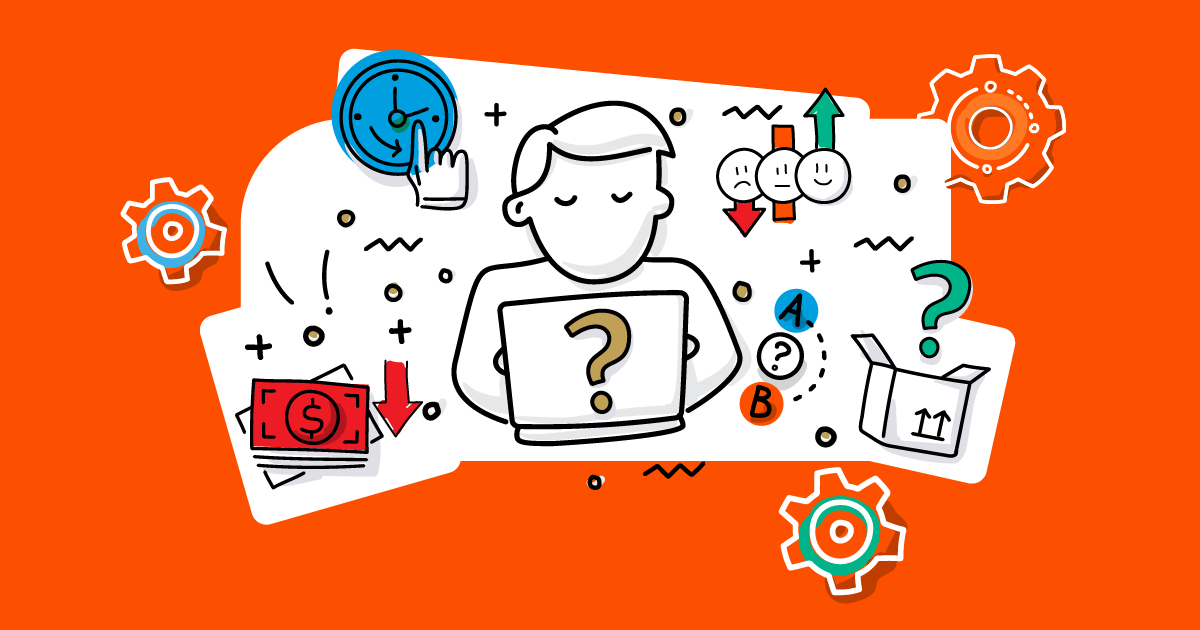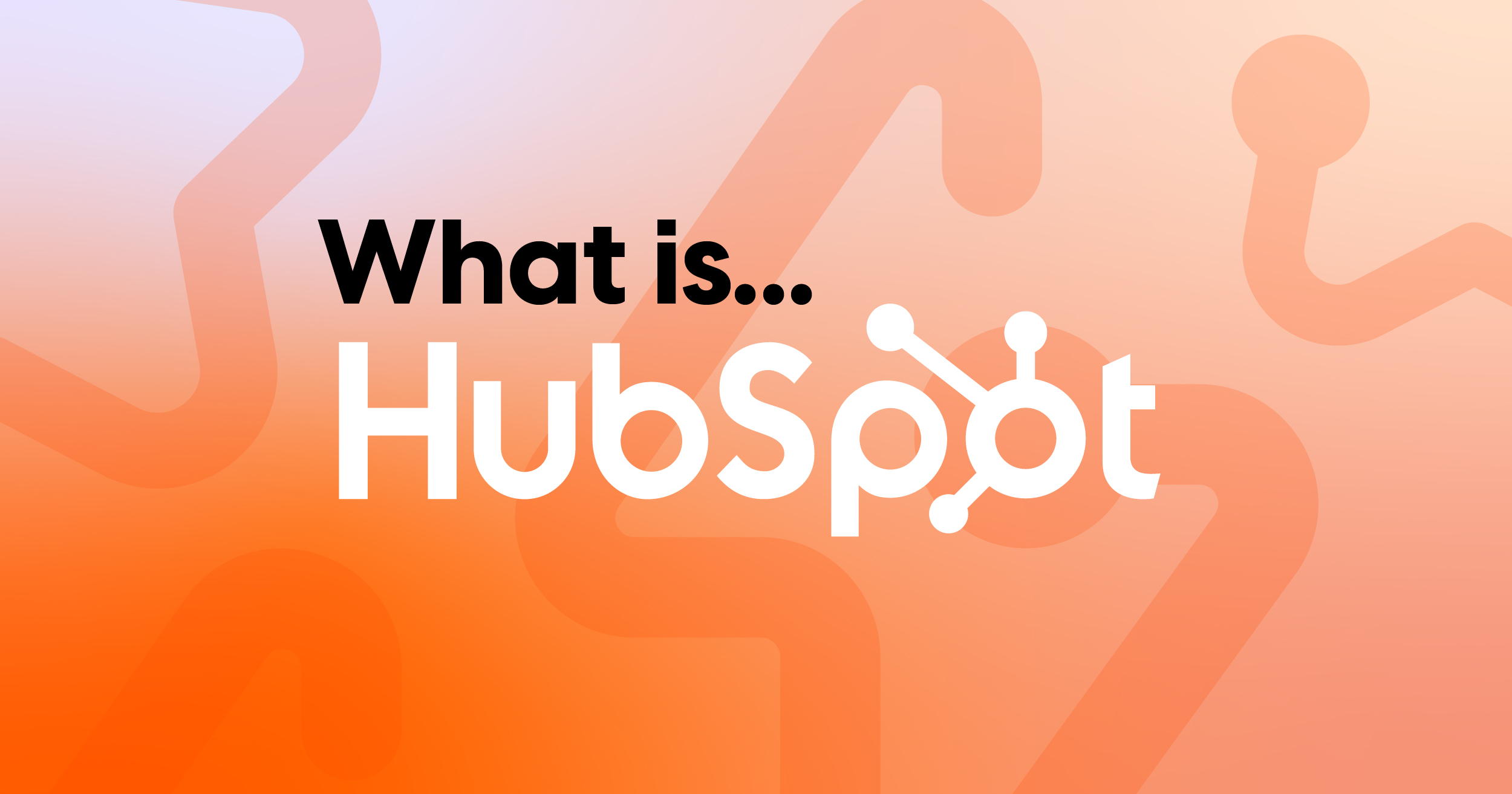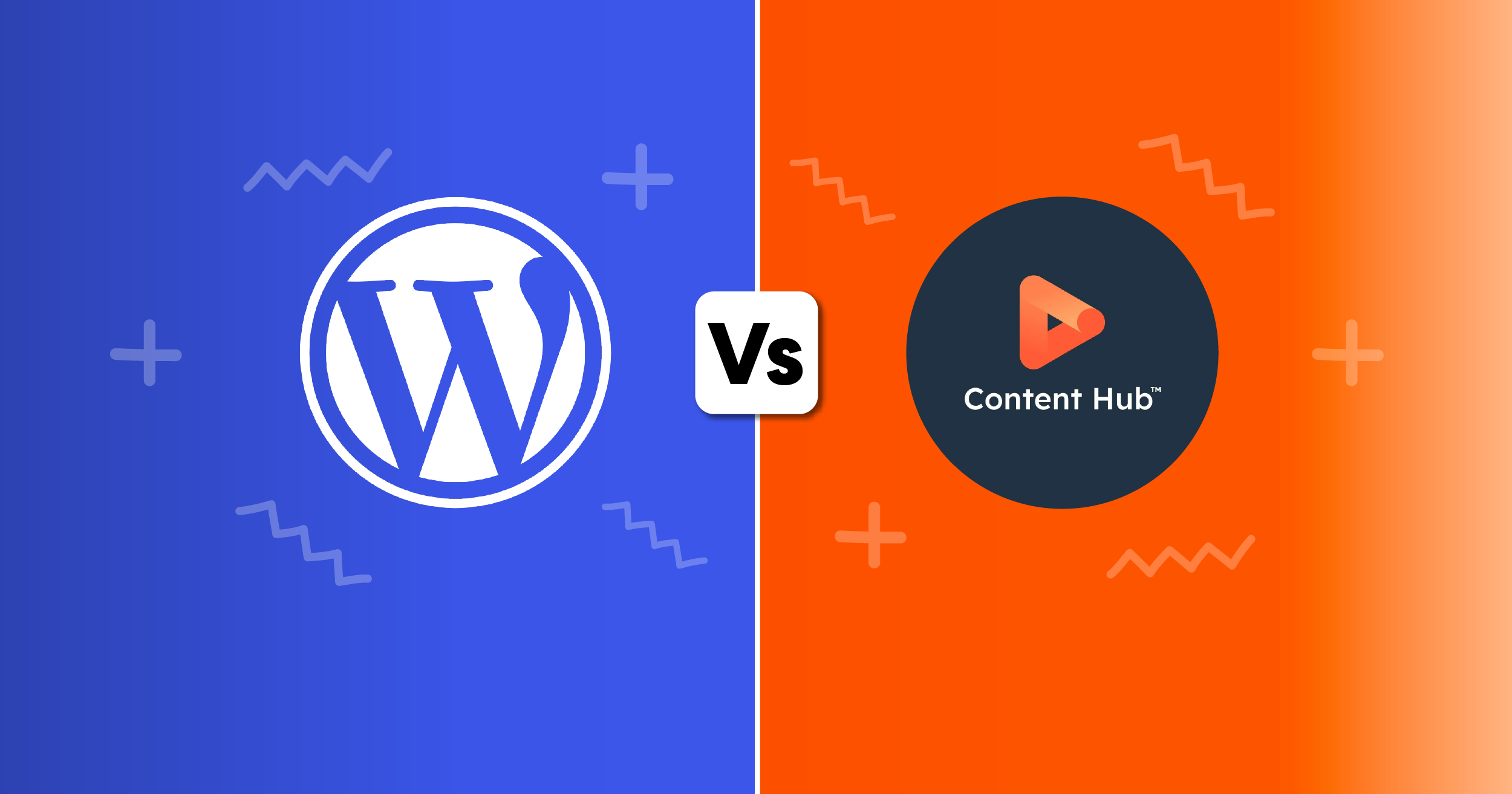
Identifying pain points in the customer journey: How to fix what's broken in ecommerce
This comprehensive guide will help you identify pain points and leverage technology to create a friction-free customer journey. We'll explore the key stages of the customer journey, common pitfalls to avoid and strategies to streamline your ecommerce operations using technology and automation.
A seamless customer journey is no longer a luxury, it's a necessity. Your journey map encompasses every touchpoint a customer has with your brand, from initial awareness to post-purchase interactions. A positive experience at each stage fosters trust, loyalty and ultimately, increased sales. However, hidden roadblocks and frustrations can lurk within your processes, turning customers away.
Quick Links:
- The customer journey: Stages and considerations
- Common pain points in the customer journey
- Signs to look out for: Internal bottlenecks
- How to fix what's broken: A tech-driven approach to a smoother Ecommerce journey
- Conclusion: Streamline your ecommerce operations
"Understanding the ecommerce customer journey helps craft a stellar user experience." says Luke Martin, our Senior Front End Developer from Modern Visual.
"By mapping out each touchpoint, from product discovery to post-purchase interactions, you can identify potential roadblocks and frustrations. This tailors the interface to be intuitive, informative and frictionless, ensuring a smooth journey that converts browsers into happy customers.
"It's all about putting yourself in the customer's shoes and anticipating their needs at every stage."

Luke Martin, our Senior Front End Developer from Modern Visual.
The customer journey: Stages and considerations
The customer journey maps a customer's path from brand awareness to post-purchase experience. It's like a roadmap highlighting touch points (interactions) with your business and decisions they make along the way.
 Here are the key stages:
Here are the key stages:
- Awareness: Customers discover your brand through online ads, social media, word-of-mouth, or search engines.
- Consideration: Now interested, they explore your website, browse products, read reviews, and compare offerings.
- Decision: Customers weigh pros and cons, address doubts, and decide if your product is the right fit.
- Purchase: They complete the checkout process, enter payment information, and confirm the order.
- Retention: Focus on keeping customers happy with excellent service, personalised recommendations, and loyalty programs.
- Advocacy: Satisfied customers become brand advocates, leaving positive reviews, recommending products, or returning for more.
Remember: The customer journey isn't always linear. Customers might jump back and forth between stages, and the timeframe for each stage can vary depending on the product and the individual customer.
By understanding the customer journey, you can:
- Identify areas for improvement in your online shop.
- Tailor your marketing strategies to target different customer segments at each stage.
- Create a more positive and seamless customer experience that leads to higher sales and brand loyalty.
Common pain points in the customer journey

The customer journey, from initial awareness to post-purchase experience, can be riddled with frustrations that turn customers away. Here's a look at some common pain points businesses should be aware of:
Confusing Website Navigation: A cluttered layout, unclear menus, and a lack of intuitive search functions can leave customers feeling lost and abandon their shopping carts.
Long Wait Times for Customer Service: Understaffed or inefficient customer service teams can lead to frustration and a negative brand image.
Hidden Fees or Surprise Costs: Transparency is key. Customers dislike unexpected charges like additional delivery costs or hidden taxes that appear at checkout. Be upfront about all costs associated with a purchase.
A Clunky Checkout Process: The checkout process should be a breeze, not an obstacle course. Having too many steps, complicated forms, or limited payment options can discourage customers from completing their purchase.
Returns and Exchanges Made Difficult: Sometimes, things don't work out. A convoluted returns policy with long delays or arduous processes can leave customers feeling frustrated and less likely to shop with you again.Lack of Product Information: Customers need clear and concise information to make informed decisions. Missing details, confusing descriptions, or blurry product images can lead to hesitation and lost sales.
Inconsistent Branding Across Touch points: A brand should be cohesive across all channels. Disjointed messaging, differing visuals, or a mismatch between website and social media presence can create confusion and a sense of untrustworthiness.
Unresponsive Social Media Presence: Social media is a prime platform for customer interaction. Ignoring comments, complaints, or questions on social media makes customers feel unheard and unimportant.
Generic and Unpersonalised Communication: Customers appreciate a personal touch. Generic marketing messages or robotic customer service interactions can feel impersonal and off-putting.
Post-Purchase Neglect: The journey doesn't end after the sale. A lack of post purchase communication, follow-up emails, or loyalty programmes can make customers feel forgotten and less likely to return.
Signs to Look Out For: Internal bottlenecks
Duplicate Data: Duplicated customer records across databases can lead to inaccurate information, wasted resources, and poor personalisation.
Lead Nurturing Dead Ends: Ineffective lead nurturing workflows with no clear path to conversion suggest a need for process optimisation.
Outdated or Inaccurate Customer Information: Out-of-date customer data hinders personalisation efforts and can lead to missed marketing opportunities.
Siloed Systems and Disconnected Teams: Departments operating independently with limited information sharing can create friction and slow down internal processes.

Difficulty Managing Tools and Platforms: Struggling to manage multiple platforms and software for different tasks can lead to inefficiencies and errors.
Manual Processes and Human Error: Reliance on manual data entry and tasks increases the risk of human error and slows down the overall customer journey.
Inconsistent Communication: Mixed messages or conflicting information from different departments creates confusion and frustration for customers.
High Abandonment Rates: Customers abandoning carts or forms mid-completion could indicate confusing processes or technical issues.
Long Wait Times and Repeated Inquiries: Frustrated customers contacting support multiple times for the same issue suggest a lack of resolution within your system.
How to fix what's broken: A tech-driven approach to a smoother Ecommerce journey

Tech Stack Optimisation:
Your tech stack is all the software tools your business uses. Optimising this stack involves streamlining your current tools and potentially integrating new ones. Here's where solutions like a Customer Relationship Management (CRM) system come into play. A CRM allows you to consolidate customer data into one central hub, eliminating duplicate records and ensuring everyone in your team has access to the latest information. This promotes data accuracy, facilitates targeted marketing efforts for better personalisation and reduces wasted resources.
Smooth Integrations and Automation:
Disconnected systems lead to information gaps and slow processes. By integrating your CRM with your email marketing platform for example, you can create automated lead nurturing workflows that guide potential customers seamlessly towards conversion. Additionally, automating repetitive tasks like data entry with tools like Marketing Automation Platforms (MAPs) minimises human error and frees up your team to focus on more strategic initiatives.
Picture this – a customer abandons their basket. An automated email reminding them of their abandoned items paired with a personalised discount code can entice them back to complete their purchase. This smooth flow reduces basket abandonment rates and improves conversion - all with automation!
Benefits of Automation:
Manually entering data or processing orders leaves room for errors. By automating these tasks, you minimise mistakes and speed up the entire customer journey. For example, integrating your shopping cart with your fulfilment system automates order processing, ensuring faster shipping times and a more efficient experience for your customers. This translates to increased customer satisfaction and reduced operational costs for your business.
Always evaluate your tools, processes and automation strategies to ensure they support your business needs.

Often your systems become outdated and as time moves on, your employees and processes change. It’s important to stay ahead of the curve and ensure your business is running as smoothly as possible. Your people, processes and technology is vital to ensuring your business success.
Once you have optimised your tools, implemented automation strategies and have your systems integrated, you can start to assess the quality of your data. Constant evaluation of your customer data, its accuracy and reliability is paramount to your online success.
Streamline your ecommerce operations
The customer journey is the lifeblood of any ecommerce business. Identifying pain points within this journey is crucial for understanding customer frustrations and creating a positive experience. However, addressing these issues can be complex.
This is where technology steps in as your secret weapon. By leveraging a tech-savvy approach, you can:
- Optimise your tech stack with tools like a CRM to eliminate duplicate data, personalise marketing efforts, and free up resources.
- Implement seamless integrations between your CRM, email marketing platform, and other tools to automate lead nurturing and streamline order processing.
- Embrace automation to minimise human error in repetitive tasks, reduce processing times, and ensure a friction-free customer experience.

By adopting these strategies, you can transform your ecommerce operations, address customer pain points effectively, and ultimately drive higher sales and customer loyalty. Remember, a smooth and efficient customer journey fuelled by technology is the key to unlocking long-term success in the ever-evolving world of ecommerce.
Don't stop now. Keep learning
 What is HubSpot? A Complete Guide for Enterprise Businesses
If you’ve ever felt like your marketing, sales and service tools are scattered across too many...
What is HubSpot? A Complete Guide for Enterprise Businesses
If you’ve ever felt like your marketing, sales and service tools are scattered across too many...
 How to clean data in Excel before Switching CRMs
Excel can be a powerful tool for cleaning data before migrating to a CRM system. Many businesses...
How to clean data in Excel before Switching CRMs
Excel can be a powerful tool for cleaning data before migrating to a CRM system. Many businesses...
 WordPress vs Content Hub (HubSpot)
How to pick the right platform for your business: Both WordPress and Content Hub are powerful...
WordPress vs Content Hub (HubSpot)
How to pick the right platform for your business: Both WordPress and Content Hub are powerful...




